Table of Contents
Introduction
If you've ever peeled a lemon or orange and tossed the rind into the trash, you're missing out on one of nature's most flavorful and versatile ingredients. Citrus peels—those bright, aromatic layers just beneath the fruit's surface—are packed with essential oils, natural flavors, and culinary potential. In this guide, we'll explore five practical ways to use citrus peels in everyday cooking, baking, and beverages to elevate your dishes with minimal effort.

Why Citrus Peels Matter in Cooking
Citrus peels contain concentrated oils that deliver intense flavor and aroma without added calories or sugar. Unlike the bitter white pith underneath, the colorful zest (outer layer) is packed with natural compounds that enhance both sweet and savory dishes. These oils are stable when dried or infused, making citrus peels a pantry staple for chefs and home cooks alike.
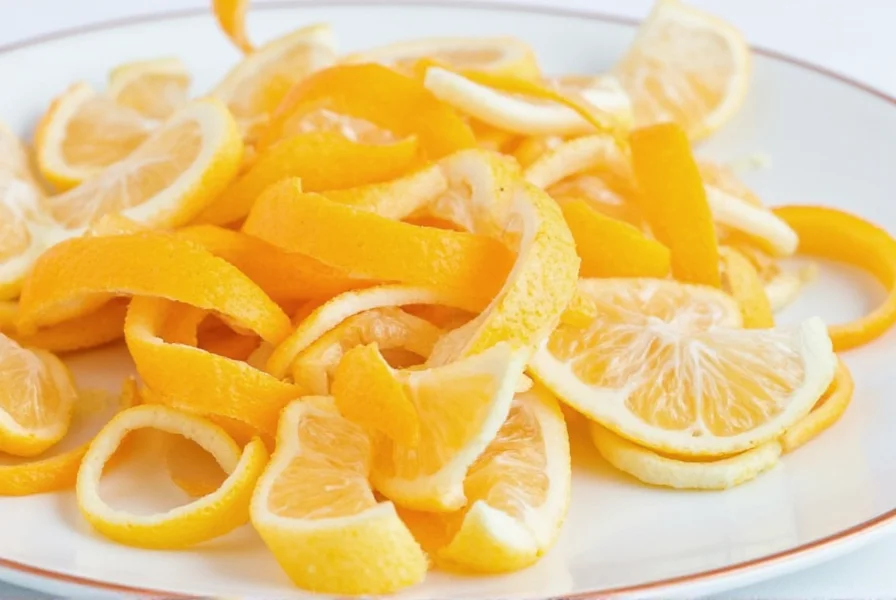
Key Benefits of Citrus Peels
- Flavor Intensity: A small amount of zest adds bold citrus notes that fresh juice alone can't match.
- Long Shelf Life: Dried or infused peels retain flavor for months when stored properly.
- Versatility: Works in baking, beverages, marinades, dressings, and even skincare.
5 Practical Ways to Use Citrus Peels
1. Fresh Zest for Instant Flavor Boost
Use a microplane or zester to remove only the colored outer layer of citrus fruits. Add directly to baked goods, salad dressings, or roasted vegetables for a bright, fresh note. Pro tip: Freeze zest in small portions for year-round use.
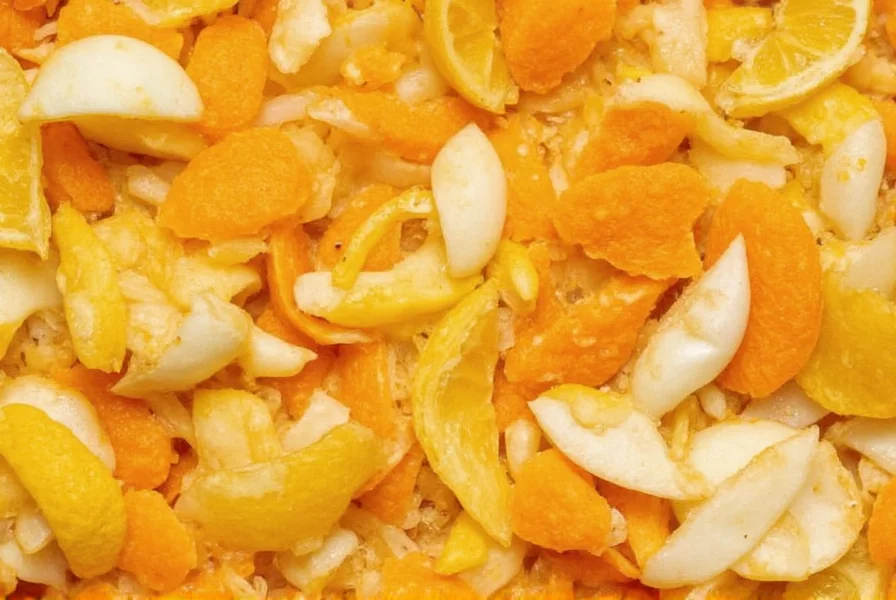
2. Dry and Grind for Spice Blends
Slice peels thinly, dehydrate at 150°F for 4-6 hours, then grind into powder. Mix with salt, pepper, or herbs to create custom seasoning blends for meats, popcorn, or roasted nuts. Store in airtight containers for up to 1 year.
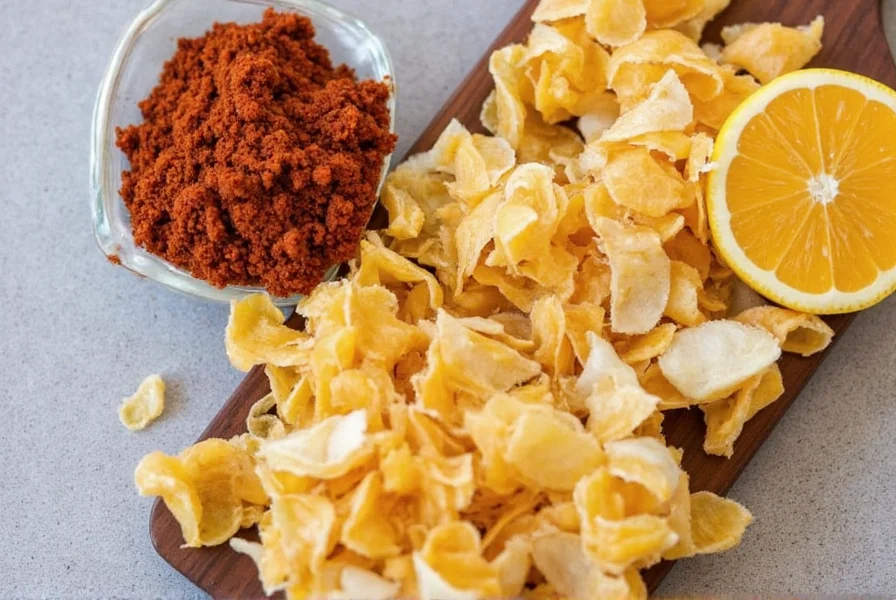
3. Infuse Oils and Vinegars
Place clean peels in a glass jar, cover with olive oil or apple cider vinegar, and let steep for 2 weeks. Strain and use for salad dressings, marinades, or drizzling over grilled fish. This method extracts maximum flavor without bitterness.
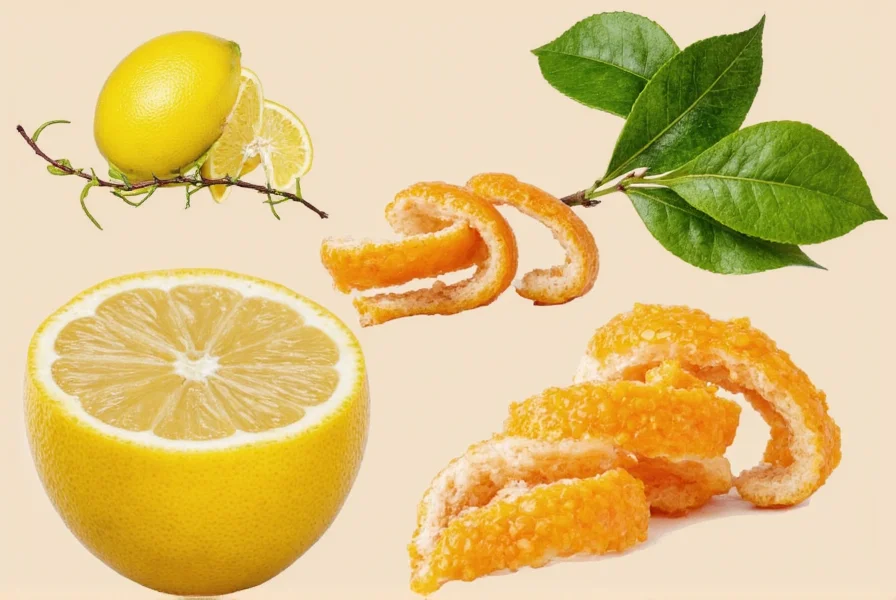
4. Enhance Beverages and Cocktails
Add dried or fresh zest to tea, coffee, or sparkling water for a refreshing twist. For cocktails, rim glasses with citrus sugar (zest + granulated sugar) or muddle peels into syrups for aromatic drinks like margaritas or mojitos.
5. Elevate Baked Goods and Desserts
Combine zest with sugar to make citrus sugar for cookies, cakes, or shortbread. Add dried peel powder to pancake batter, muffin mixes, or ice cream bases for subtle flavor complexity. Orange zest pairs perfectly with chocolate, while lemon zest brightens creamy desserts.
| Use Case | Best Citrus Type | Flavor Profile |
|---|---|---|
| Baking | Lemon, Orange | Bright, tangy, sweet |
| Savory Dishes | Lime, Grapefruit | Citrusy, herbal, slightly bitter |
| Beverages | Lemon, Lime | Refreshing, crisp, acidic |
Conclusion
Citrus peels are far more than waste—they're a flavor powerhouse waiting to transform your cooking. Whether you're zesting fresh fruit, drying for long-term storage, or infusing oils, these simple techniques add professional-level depth to everyday dishes. Start with one method today and discover how a little citrus peel can make a big difference in your kitchen.
Frequently Asked Questions
Can I use citrus peels from non-organic fruits?
Yes, but wash thoroughly with baking soda solution to remove pesticides. For optimal safety and flavor, choose organic when making zest or infusions since the peel absorbs surface chemicals.
How do I store fresh citrus zest long-term?
Freeze zest in ice cube trays with water or oil, then transfer cubes to airtight bags (lasts 6 months). Alternatively, dry zest completely and store in a dark glass jar for up to 1 year.
Are citrus peels safe to eat raw?
Absolutely—the colored zest (outer layer) is safe and nutritious. Avoid the bitter white pith underneath. Always wash peels well and remove any wax coatings before consumption.
What's the difference between zest and peel?
Zest refers only to the thin, colorful outer layer containing essential oils. Peel includes both zest and the bitter white pith. Recipes calling for "peel" typically mean zest only.
Can dried citrus peel replace fresh zest in recipes?
Yes—use 1 teaspoon dried zest powder for every 2 teaspoons fresh zest. Rehydrate dried peel in warm liquid for 10 minutes when substituting in moist batters or sauces.

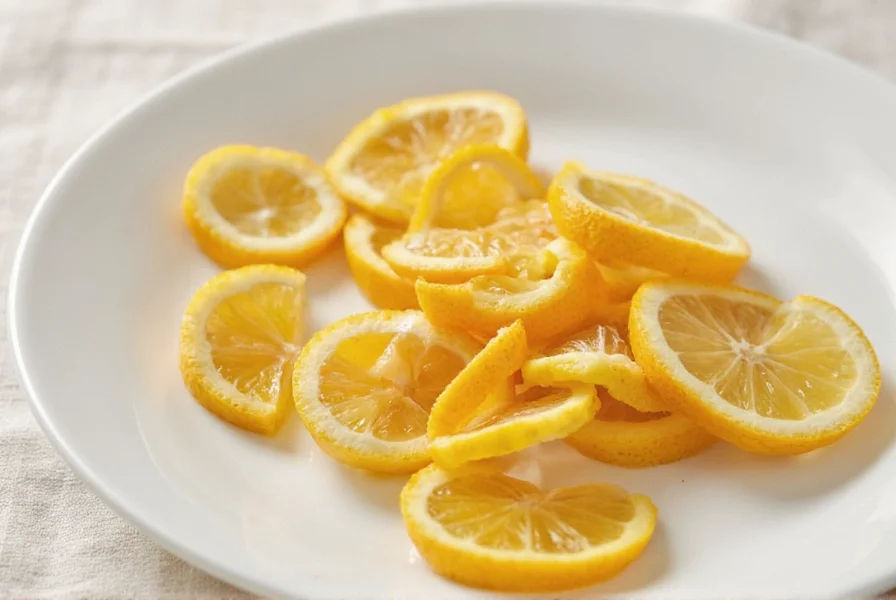









 浙公网安备
33010002000092号
浙公网安备
33010002000092号 浙B2-20120091-4
浙B2-20120091-4